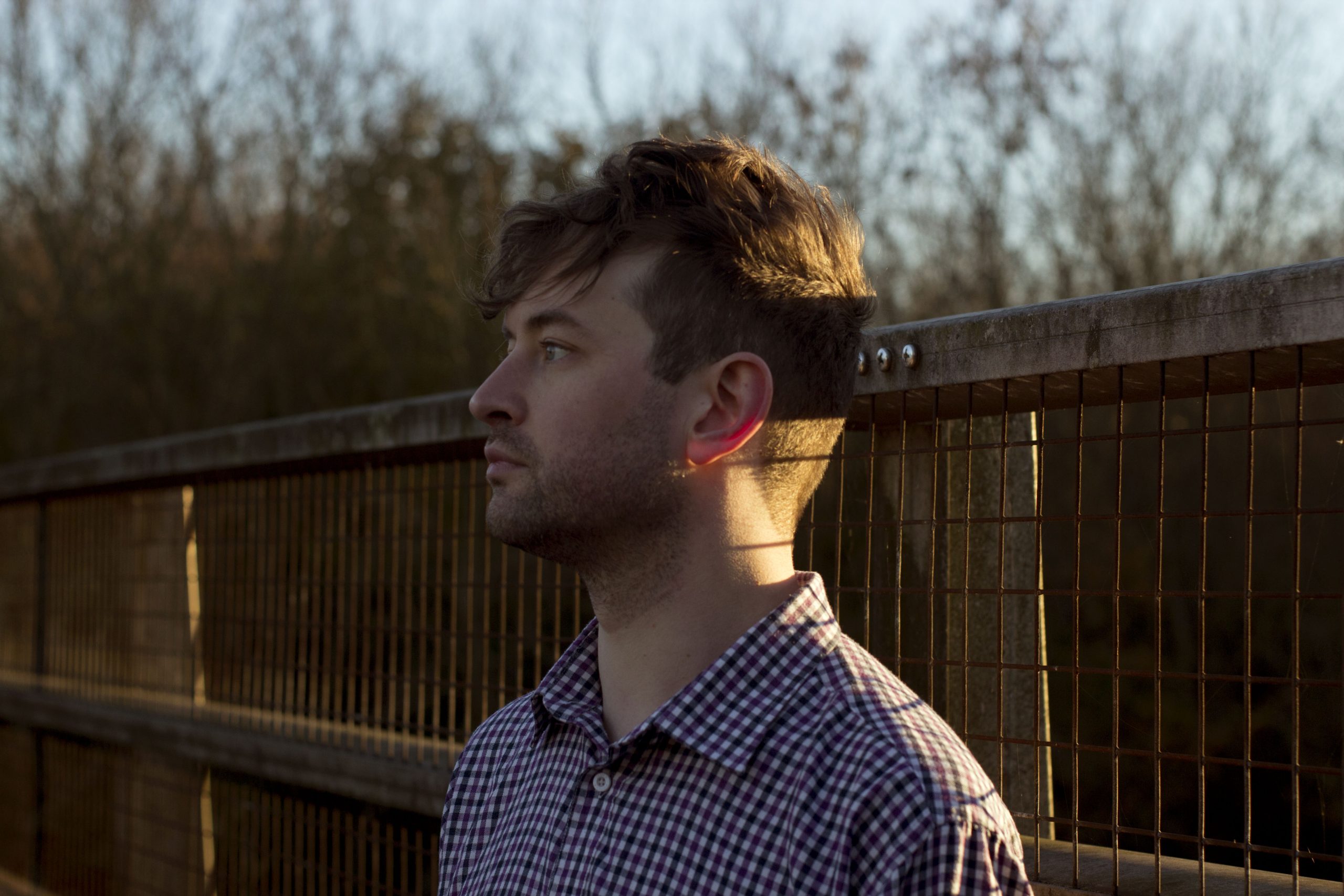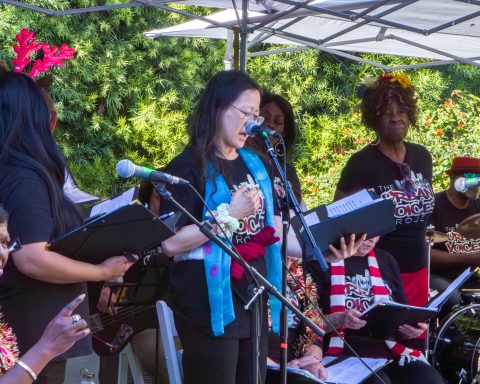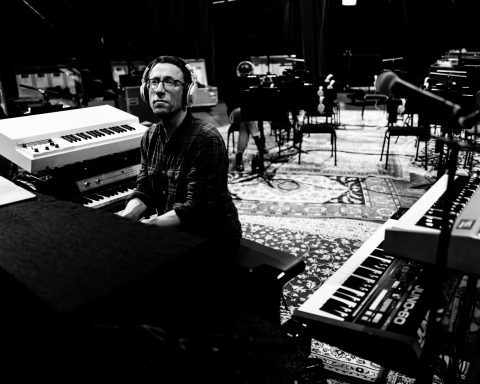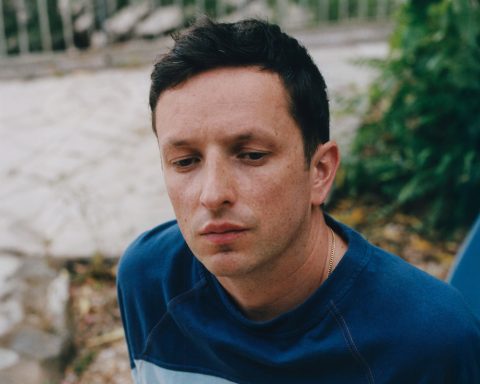Straight out of Norwich, UK, auditory alchemist Nathan Fake creates music that simultaneously exists on multiple planes. In short, Fake is anything but. His patiently morphing compositions eschew traditional structure yet remain accessible. Crystal Vision, his latest release, sees his self-styled electronica incorporating Italo disco, techno, and even dream pop. The introspective artist discusses the early Internet, obscure Roland gear, and running an independent label.
’90s Beginnings
What was it like starting your musical journey in Norwich?
The area is sparsely populated by UK standards. It’s mostly rural, so we’re completely out in the sticks, but only an hour and a half to London. I lived in London for a bit. To be honest, growing up, I didn’t venture out of Norfolk much. It was your life.
There were mainstream record stores, but thankfully, I grew up in the ’90s, so there was a lot of interesting music on the radio anyway. On BBC at night, they were playing Aphex Twin and Autechre.
How did the Internet affect your career trajectory?
The Internet emerged later on in my late teens. In our area, there wasn’t broadband. So it wasn’t until I went to college in Redding and moved into a house with students that I started discovering music and sending my music to people. That’s how I got signed to a record label.
I would send a one-minute clip of an MP3 because I didn’t want to clog up someone’s inbox. The first thing someone said yes to was my first release on Border Community in 2003. That’s the label I stayed with for 20 years. I was a massive fan of James Holden. We emailed, got a bit of a rapport going, and he said yes.
Then, at a certain point, you started your imprint.
I did three albums with Border Community. Then we went our separate ways, and I founded my label, Cambria. The first release was a split with Wesley, who I started the label with. Then the second release was an EP of mine. At one point, Ninja Tune signed me for an album. That came out of nowhere but was a one-off thing. Since then, talking to my manager, we decided we had the resources to release the next album ourselves. That went well, so I’m doing it again with Crystal Vision.
"I would send a one-minute clip of an MP3 because I didn’t want to clog up someone’s inbox. The first thing someone said yes to was my first release."
Following a Vision
Do you begin recording albums with a sonic palette in mind, or does one emerge organically?
Crystal Vision follows the album I did a couple of years ago called Blizzards, a classic ravey album—very techno. It was based on the club-based live set I was doing at the time. This time I wanted to make something almost pop, more refined. For example, my mom really likes it, and she doesn’t like all my stuff.
How did the collaboration with Clark on the new record come about?
Chris and I are good pals. We’ve been friends through music and talked about collaborating for years. We kept bouncing ideas back and forth; initially, nothing came of it. “Outsider” was a thing I wrote that Chris liked and wanted to add bits to, so we did the back-and-forth thing.
How did you arrive at the title Crystal Vision, and is there a connection to “Dreams” by Fleetwood Mac?
The thing with that title is that I pulled out of mid-air. It was either going to be that or Crystal Sculptures. It’s funny because that’s the second time I unintentionally named something after a Fleetwood Mac lyric. My first album was Drowning in a Sea of Love, and that phrase is from “Sarah” by Fleetwood Mac. I knew that song, but not well enough to know the words. My dad loved singing them growing up, so maybe it’s subconscious.
"This time I wanted to make something almost pop, more refined. For example, my mom really likes it, and she doesn’t like all my stuff."
Roland Rarities
The JUPITER-6 forms the basis of that arpeggiated part of “The Arrival,” correct?
That was basically a little arpeggiator session that I pitched down, reversed, and re-edited to create the first track on Crystal Vision. I use a lot of Roland gear. My albums Providence from 2016 and Blizzard featured JUPITER quite a lot. I have the MC-202 and the SH-09, which is my favorite, and a JX-305 synth which came out around the same time as the MC-505.
I haven’t switched the JX-305 on for a while, but it’s full of patterns I made as a teenager. Before that, I was making drum patterns on my BOSS DR-550. I have an SP-202 as well, which I used a lot starting out.
What’s your live setup like?
Live is heavily based around a VST synth. It’s this lightweight synth, and you can have 20 instances of it open, and it doesn’t affect the CPU. It’s a very simple, subtractive synth with square waves. This thing is raw and small, but it sounds good, and the controls are just the interface. The show mainly uses MIDI files. I’ll have a loop I’m in control of, and then I move on to the next bit and then the next.
"I have the MC-202 and the SH-09, which is my favorite, and a JX-305 which is full of patterns I made as a teenager."
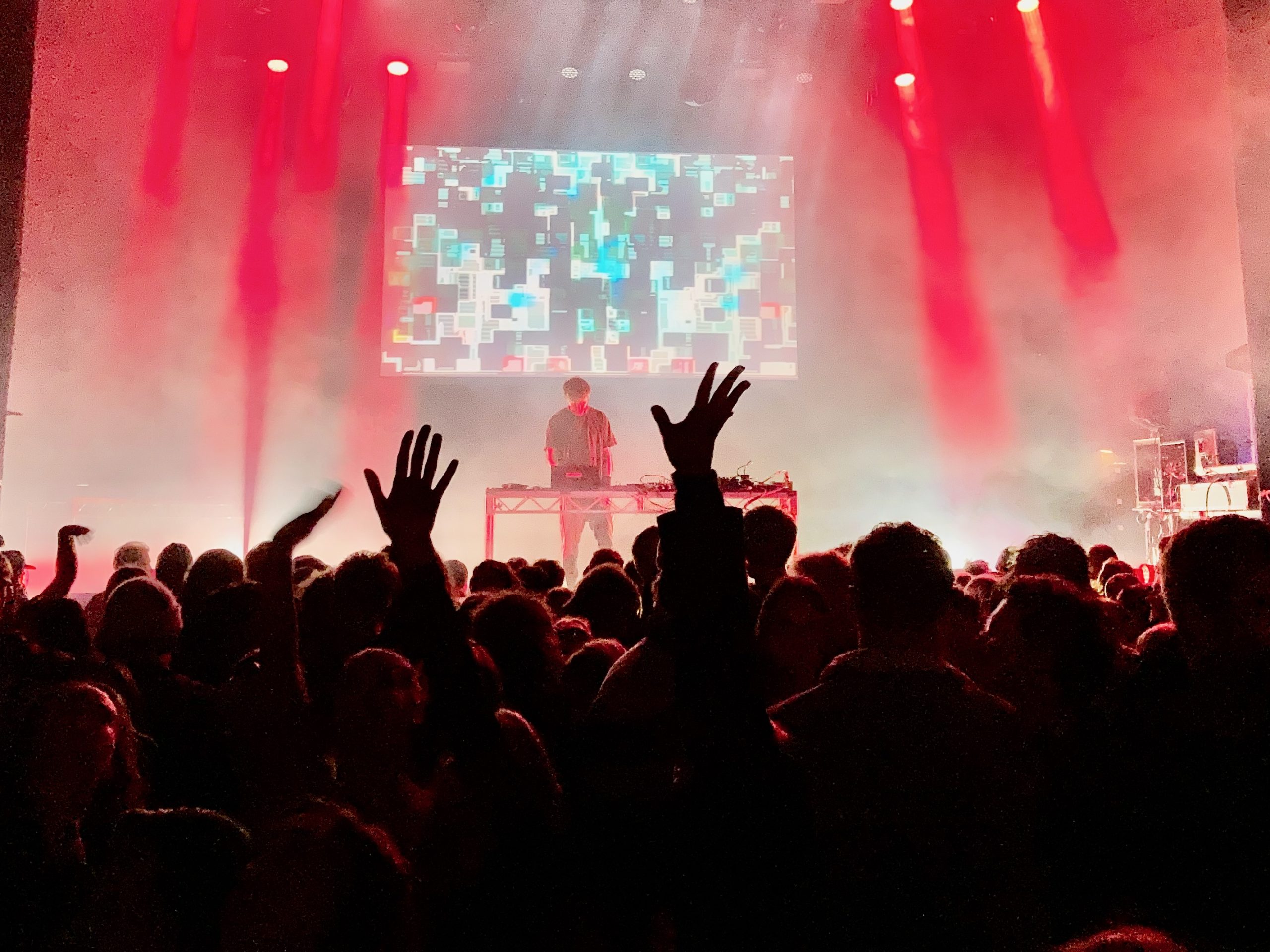
Remixing and the Art of Self Editing
Your remix resumé is quite extensive, including tracks for Radiohead and GoGo Penguin. Do you approach each one differently?
Most of the time, if I get asked to remix a track, I’ll get sent the original first. Sometimes I don’t, and that’s often interesting. But when I get the track, I’ll listen to it for a couple of days to get accustomed to the original. I like to know how the original feels and stuff if I don’t know already.
Then I’ll listen through all the stems individually, pick one element that jumps out at me, and build something around that. So, the finished remix can sound quite different from the original sometimes.
"I always have an idea of what kind of track it will be, but that can deviate when working on stuff. I usually end up with something more concise."
Many of your new tracks have lengthy running times. Do you know how long they’ll end up, or do they evolve?
I always have an idea of what kind of track it will be when I start, but that can deviate when you’re working on stuff. “Bibled” was initially a live jam, and I re-recorded parts. In the process of editing down and then layering other parts over, I usually end up with something a bit more concise. But I always have an idea of what kind of arrangement it’s going to have when I get the original loop together.
